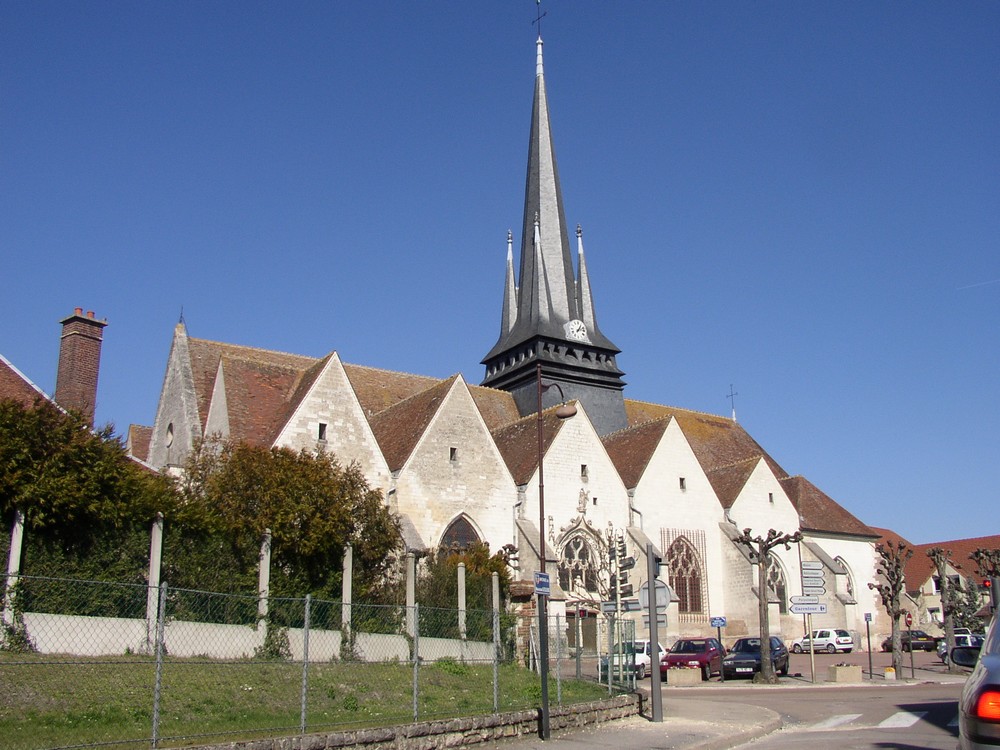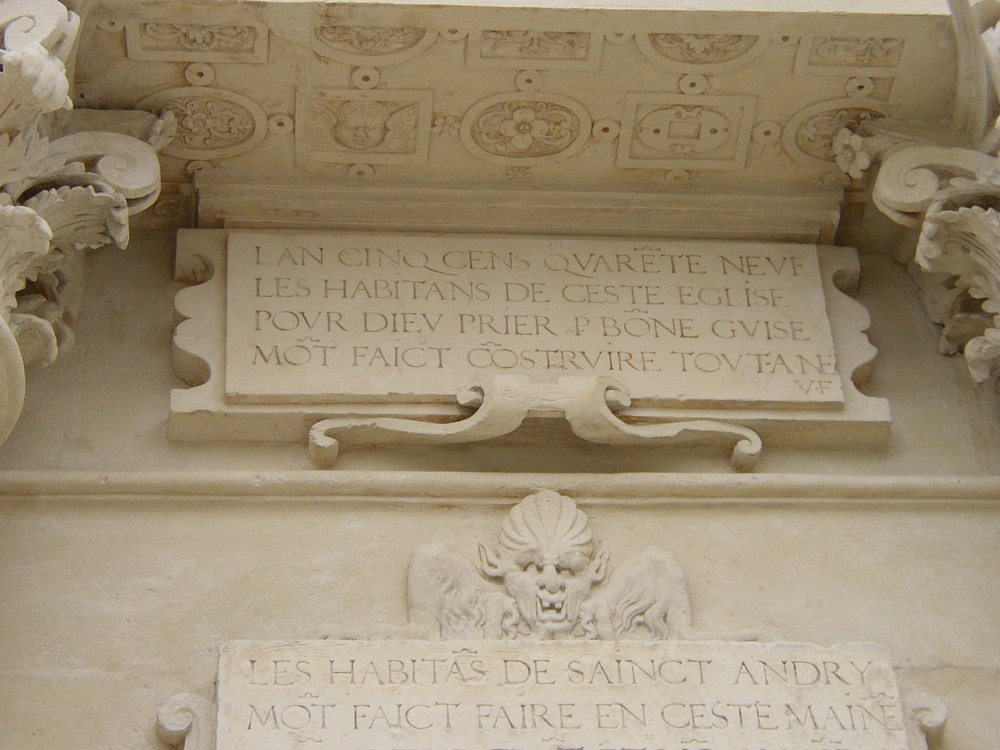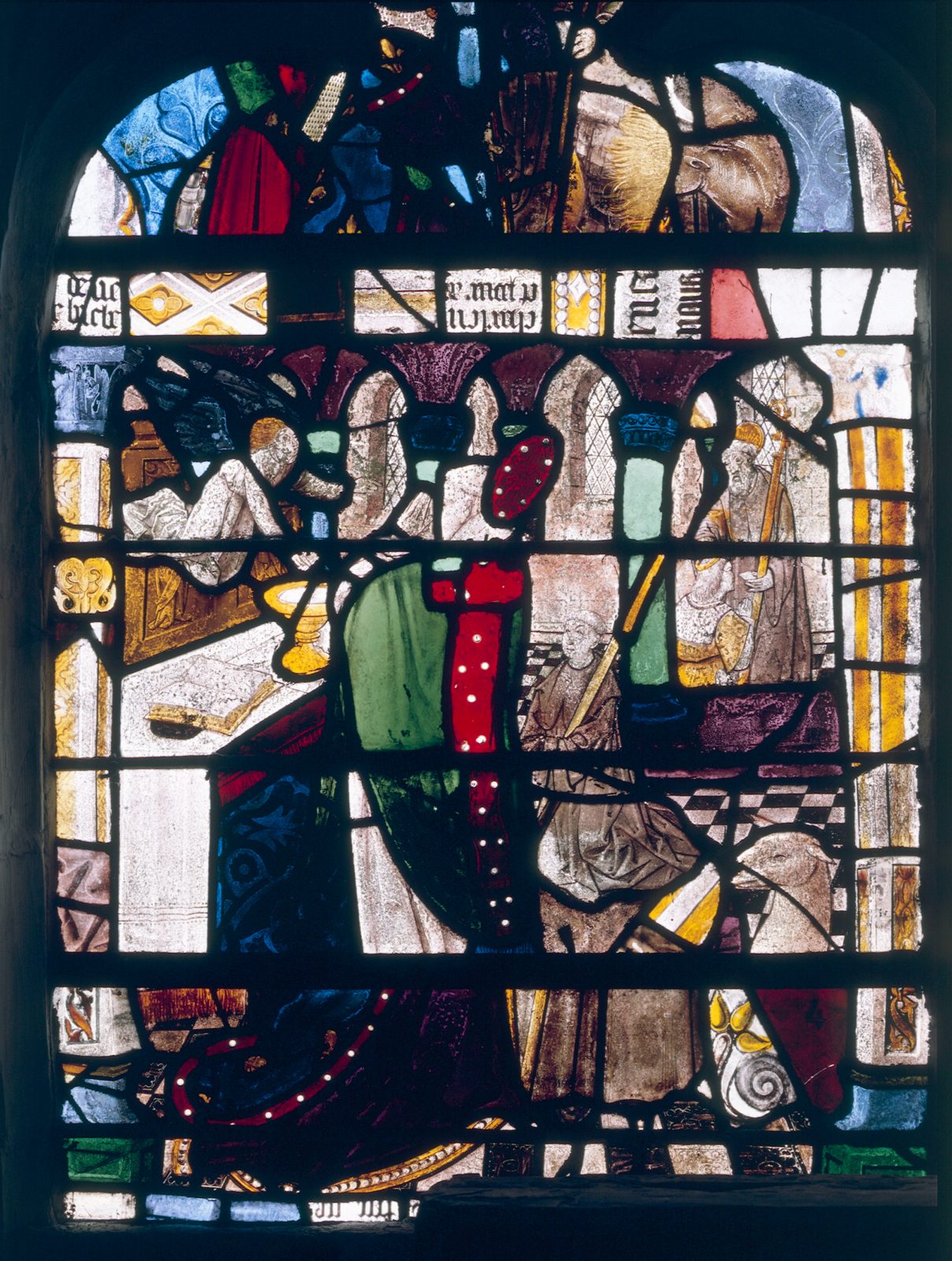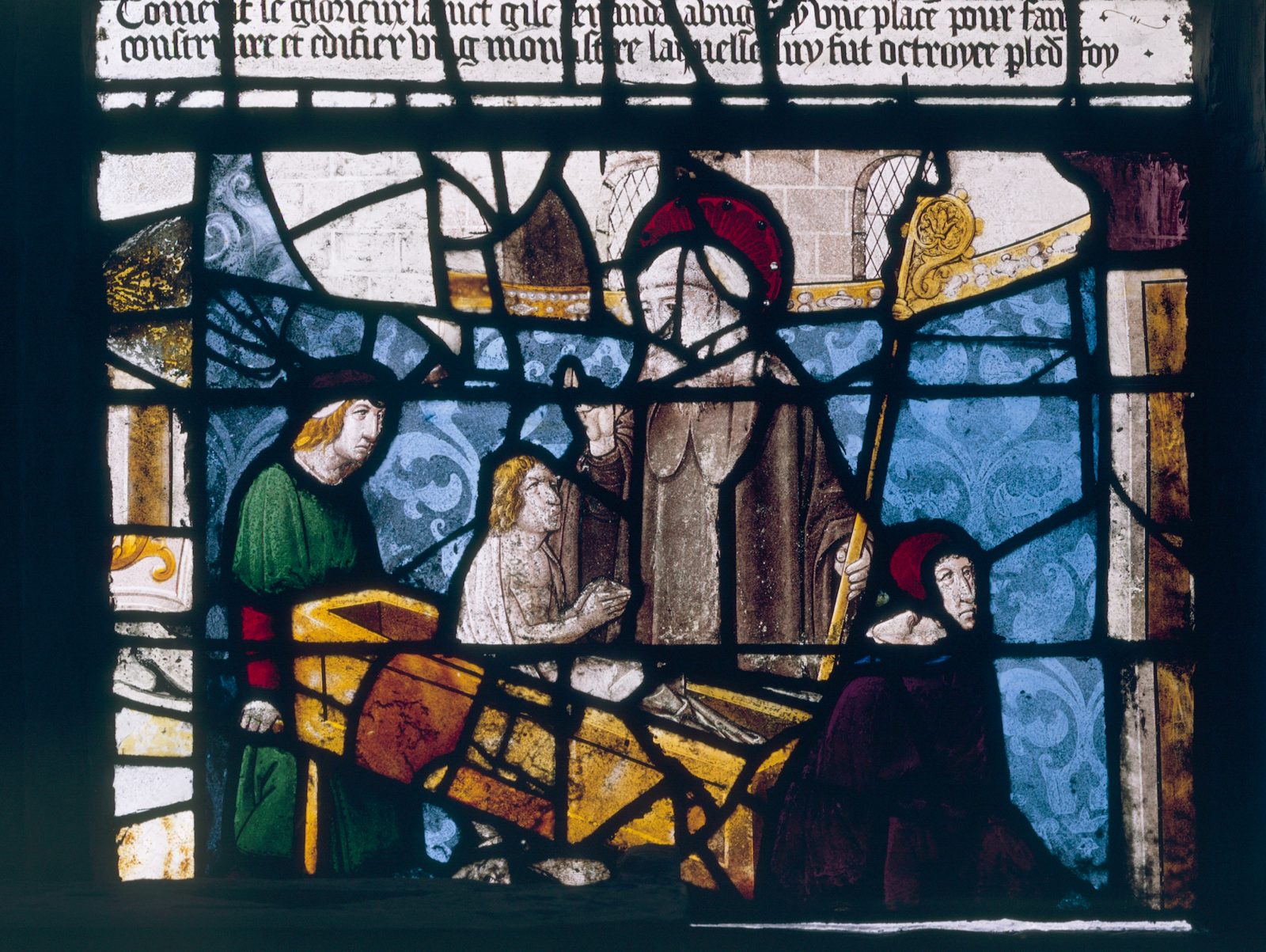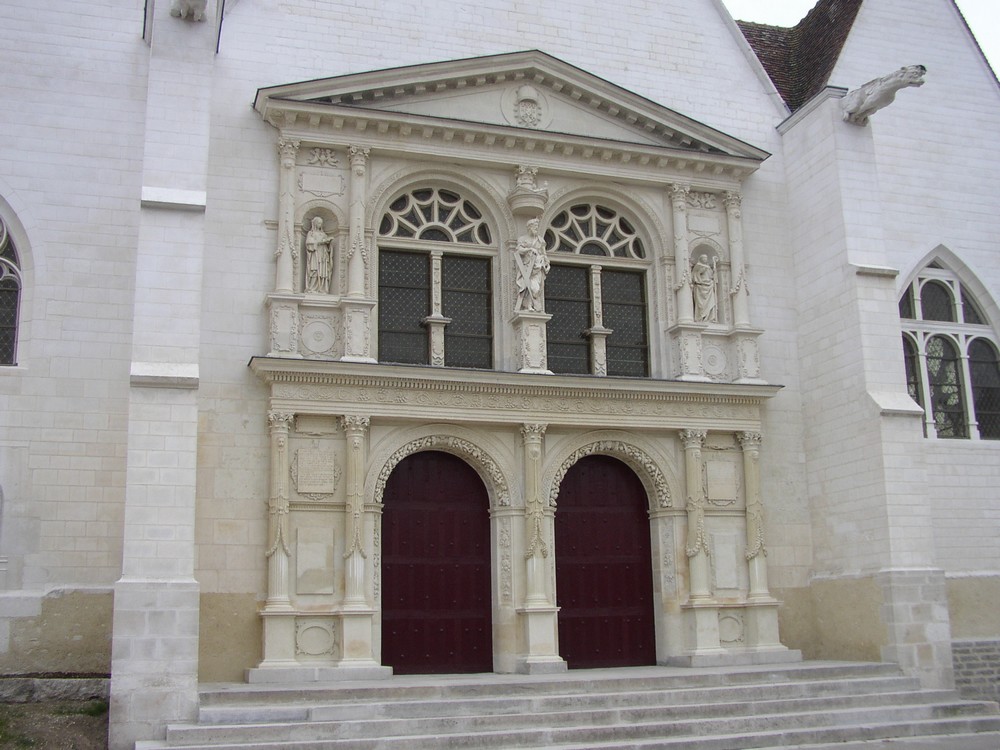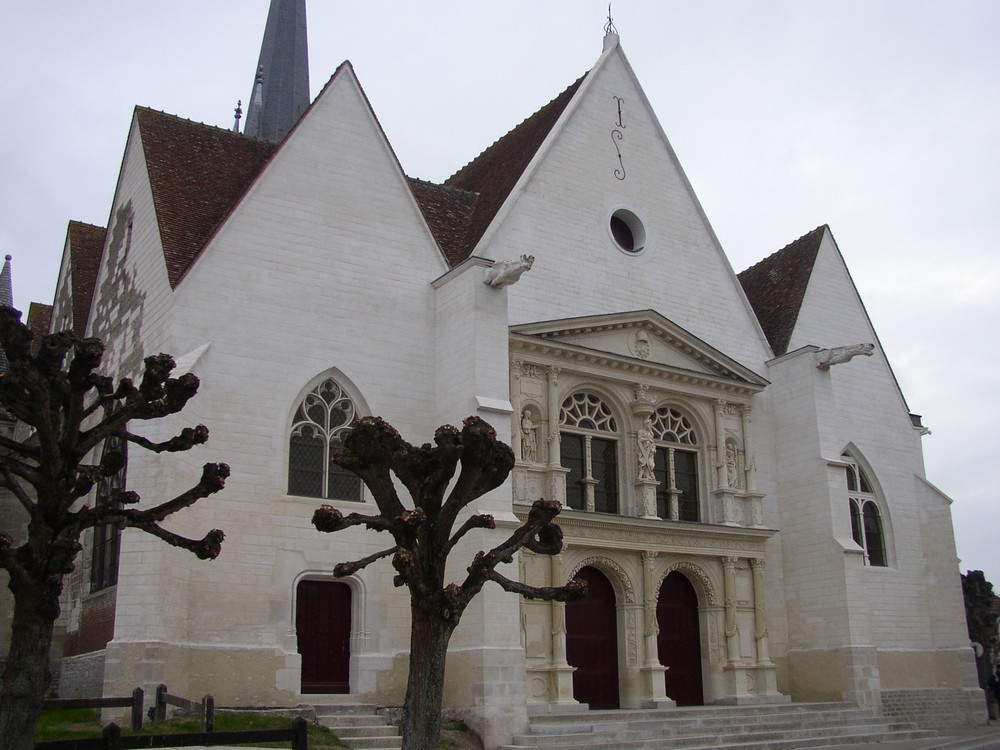About
The church of Saint-André, in the commune of the same name, is very homogeneous. It was rebuilt in the first half of the 16th century, from east to west.
Its flamboyant south portal dates from 1545. The elongated, rib-vaulted church features a generously dimensioned nave with three vessels and six bays. The apse is three-sided. The bell tower rises above the nave. The church retains elements of early stained glass, mainly in the spandrels and lancet heads, with the exception of bay 3 (life of Saint Gilles), whose panels are complete, albeit very disorganized. Most of the surviving old glass dates from the first quarter or even the first half of the 16th century. However, bay 7 also appears to have fragments of the earlier building: a Christ the Judge, possibly from the 14th century, a Saint Michael weighing souls from around 1480 and a Saint Quirin from around 1500. The 16th-century stained glass windows come from the Troyes area: the bay depicting the life of Saint Gilles is related to the one in Saint-Nizier church in Troyes, and the one depicting the Coronation of the Virgin by the Trinity can be compared with the windows in Les Noës-près-Troyes and La Chapelle-Saint-Luc. The main refurbishment of the old stained glass windows took place at the end of the 19th century. Most of the stained glass in the apse dates from this period: the axis bay and the north bay (life of Christ and life of St. Andrew) were made in 1866 or 1868 by Cornuel . and in 1862 Vincent-Larcher produced a legend of St. Frobert, completed and installed in the south bay by Biberon in 1874 (additional old stained glass). Remaining in place during the Second World War, all the stained glass windows were unaffected by the conflict. The building and stained glass windows have been listed as historic monuments (under the heading of buildings) since 1840.
No opening hours, key to be collected from the Town Hall during opening hours
Monday/Tuesday/Wednesday/Thursday/Friday:
9am to 12:30pm and 1:30pm to 5pm
Rate
Gratuit
